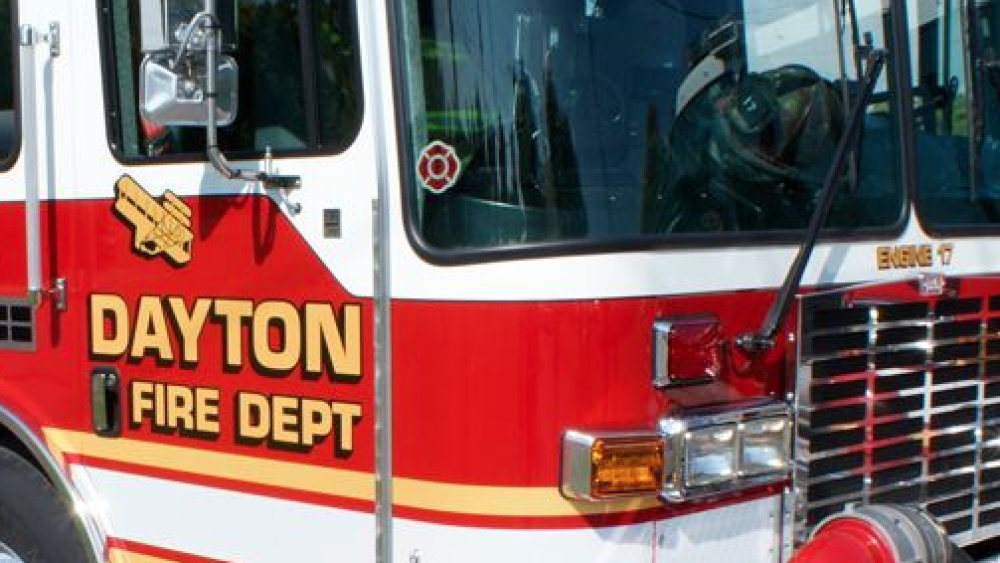Cornelius Frolik
Dayton Daily News, Ohio
DAYTON, Ohio — Emergency medical service runs are up this year in Dayton, but officials say they have successfully reduced emergency room visits and EMS requests from some of the city’s top 911 callers.
A program that launched in late 2019 helps vulnerable community members who use emergency services at high rates better manage their health and connects them to valuable resources and more appropriate services, Dayton fire officials said.
“The program is working very well,” said Capt. Brad French with the Dayton Fire Department. “The partnership has been beneficial in multiple areas, particularly with sharing resources and exchanging information for the benefit of the patients.”
But right now it’s unclear if the program will be renewed when funding runs out at the end of the year.
EMS runs in the city are up 6% this year through the end of April, compared to the same period last year, according to data from the Dayton Fire Department.
2017 was the last time the department made more runs during this time frame, and that was a record-setting year for emergency calls. Overdoses and the opioid epidemic were largely to blame.
Despite the overall increase in medic runs, fire officials say the city’s partnership program with Premier Health focused on frequent 911 callers and ER visitors is achieving its goal to reduce medical contacts with these individuals.
The Community Paramedicine program sends a team to meet with patients who have been referred by emergency physicians, primary care providers or ambulance crews, said Ben Sutherly, a spokesman for Premier Health.
The team visits patients in their homes to help them better manage their health before an emergency arises and also connect them with services, he said.
The program serves up to 20 people at a time, Sutherly said, and patients are discharged from the program once the health goals set by their care team are met.
The program targets individuals who frequently call 911 for medical services or who visit emergency rooms and departments at high rates.
Data shared by the city and Premier when the program launched showed that about 300 people in Dayton had called 911 for medical reasons at least 10 times in the previous two years.
One woman requested assistance 66 times during that period, and that small group of patients accounted for more than 4,600 medical contacts.
The two-person community paramedicine team has served more than 100 people, and ER visits and EMS requests have declined by 38% for patients enrolled in the program, according to Premier Health and the fire department.
The paramedicine team offers home-safety checks, medication and prescription help, referrals to primary care physicians and connects patients to resources that can help with medical insurance, utilities, rent, clothing, food and transportation, said French.
The team — consisting of one emergency medical technician and one paramedic — on average spends 55 days with patients in the program.
“The team was able to help one patient navigate the health care system to get a referral for a specialist in Cincinnati, which drastically reduced their use of the system,” he said.
The program — paid for by Premier Health and the Good Samaritan Foundation — Dayton — is funded through the end of this year.
Premier Health says no decision has been made about whether to continue the program. French said the city and Premier are in active discussions about next steps for the program.
Dayton City Manager Shelley Dickstein recently said the city will analyze data and complete a cost-benefit analysis of the program.
“It’s not been a heavily utilized program, but it has had impact with ... people who use 911 as their medical provider,” she said.
If data indicate the program is working and worth the cost, the city may consider partnering with other health care providers to expand these services, Dickstein said.
___
(c)2022 the Dayton Daily News (Dayton, Ohio)












